2018-06-29 by Jun Tai
The hydraulic system of the hydraulic excavator is composed of a large part of the power element, the actuator element, the control element and the auxiliary element. The power components are mostly variable displacement piston pumps, whose function is to convert the mechanical energy of the engine into...
The hydraulic system of the full hydraulic excavator is composed of a large part of the power element, the actuator element, the control element and the auxiliary element.
The power components are mostly variable displacement piston pumps. Their function is to convert the mechanical energy of the engine into the pressure energy of the liquid. The common failure phenomenon is that the pump oil pressure is insufficient and the flow rate is reduced. If this phenomenon is gradual, and the higher the temperature is more obvious, it is caused by excessive wear of the hydraulic pump; if this phenomenon is sudden, it is mostly caused by a certain plunger not working; if the pressure is normal, the flow suddenly The reduction is generally caused by the variable mechanism stuck in the small flow position.
The actuator consists of a hydraulic cylinder and a hydraulic motor. Its function is to convert the pressure energy of the liquid into mechanical energy. The common fault phenomenon is that the motion is slow or no action. If it is confirmed that the pump and the valve are not faulty, the reason why the actuator is slow to operate is definitely caused by excessive wear; if the pump is working properly, an actuator is slow, it is likely that the valve that controls the actuator is faulty, such as The valve is not in place, the relief valve is not tightly closed, the spring force is weakened, and the card is issued. Since the degree of wear of the actuators does not differ much, if it is caused by other reasons, the action of the multiple actuators should be suddenly slowed down; if the pump and the valve are known to be faultless and an actuator suddenly fails to operate, then Mostly caused by internal jamming.
Control components include various valves such as pilot valves, multiple directional valves, main relief valves, relief valves, and one-way throttle valves. Although the functions of various valves vary widely, their common faults are similar, mainly due to card issuance, tight closure, weak spring force and internal leakage and leakage.
Auxiliary components mainly include fuel tanks, oil pipes, radiators, filters and accumulators. The function of the radiator is to dissipate the heat generated by the hydraulic system to the atmosphere, and its common faults are oil leakage and poor heat dissipation. The function of the filter is to filter the impurities mixed into the hydraulic oil. The common faults are filter plugging and the like. The function of the accumulator is to stably control the oil pressure and store a certain amount of energy to ensure smooth operation and to reduce the working device to the ground when the engine fails to work. The common faults have poor energy storage effect and cannot be completed. Features. The failure phenomenon of the auxiliary components is generally obvious and easy to diagnose.
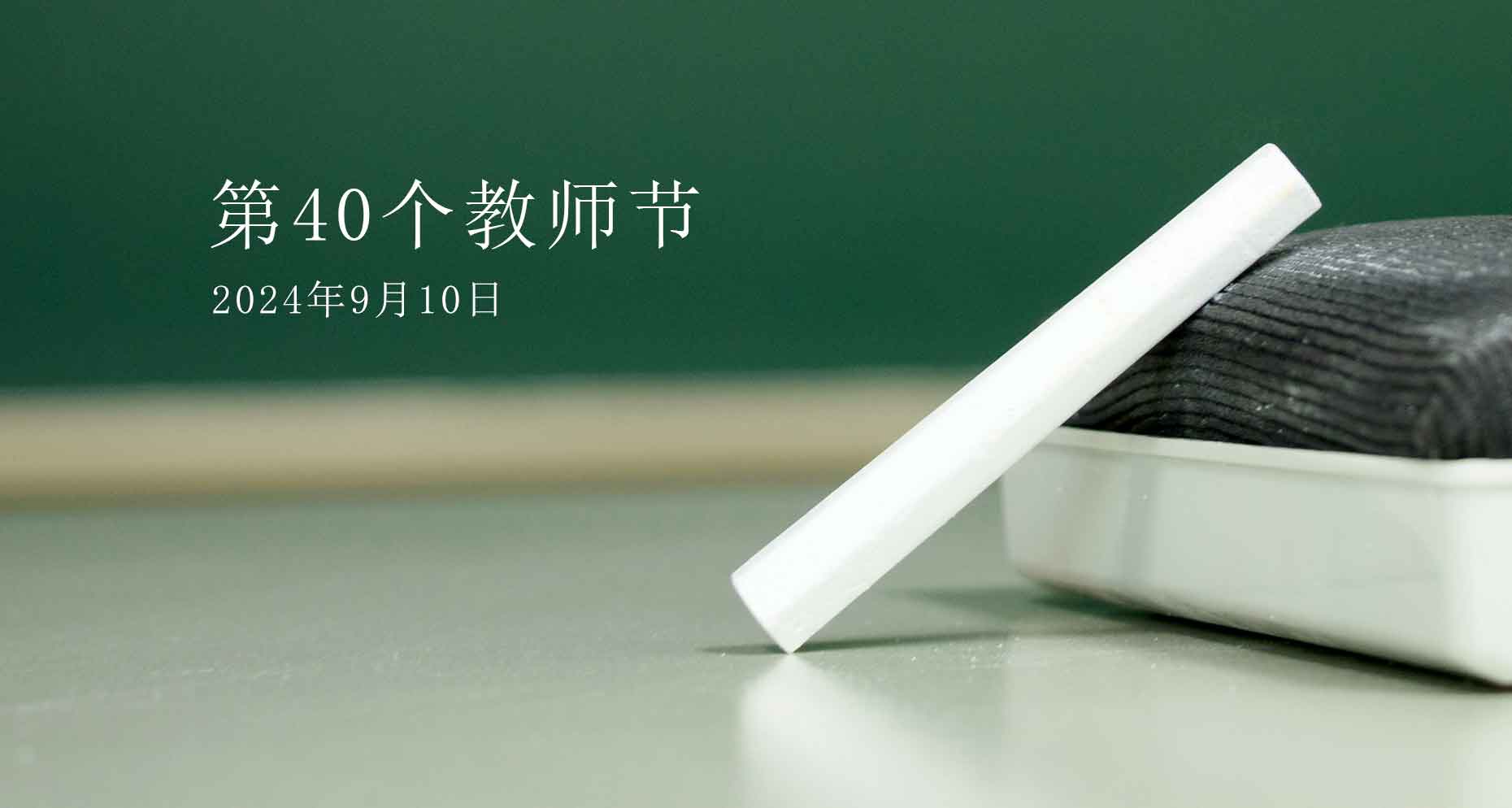
Teacher's Day: Salute to every guide in life!
2024-09-10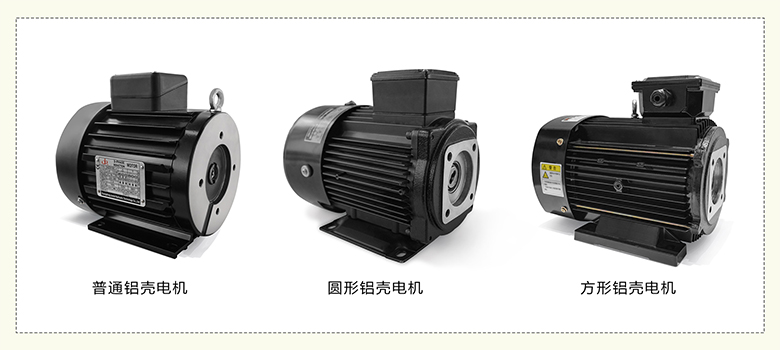
Juntai aluminum shell motor: the cost-effective choice!
2024-08-15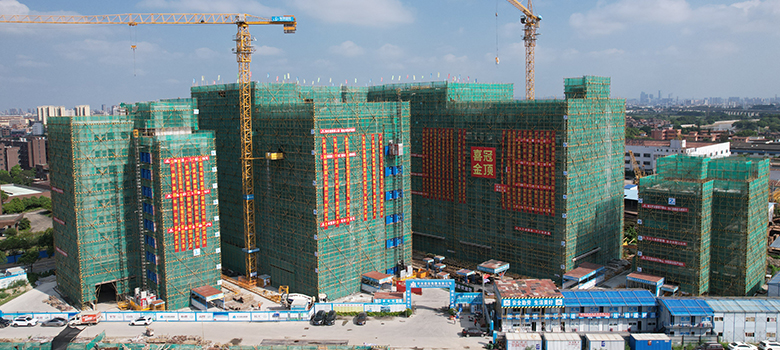
Craftsmanship Precision Casting Wedding Seal Gold Item | Juntai Hydraulic Capping Ceremony Successfully Completed!
2024-08-12
On Army Day, we pay tribute to the glorious years of August 1st!
2024-08-01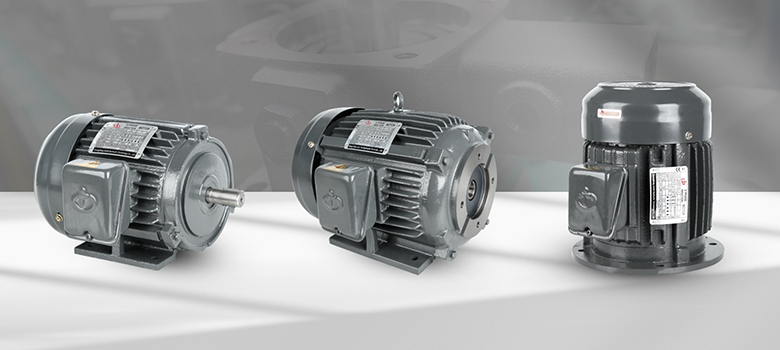
Juntai internal mesh gear pump: energy-saving first choice!
2024-07-31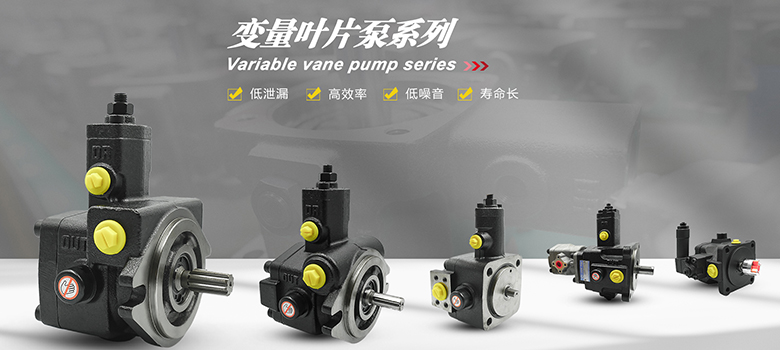
Juntai hydraulic pump: the source of power, energy-saving first choice!
2024-07-18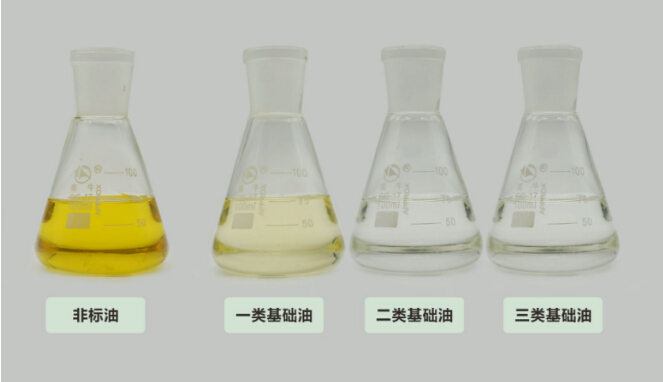
What is the difference between low-priced hydraulic oil and genuine hydraulic oil?
2018-06-29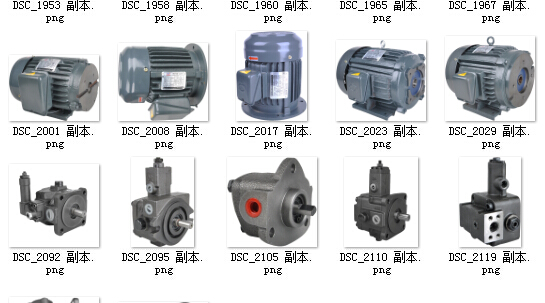
Common faults in the operation of hydraulic components
2018-06-29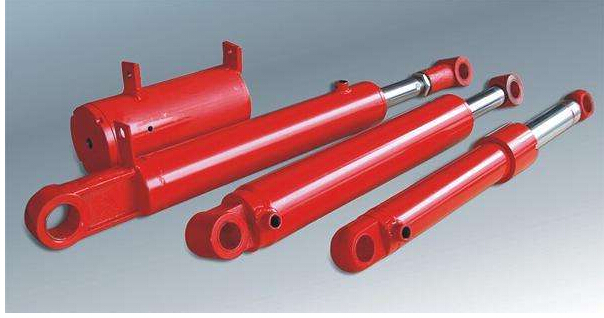
There are several points in the role of the hydraulic cylinder guard!
2018-06-29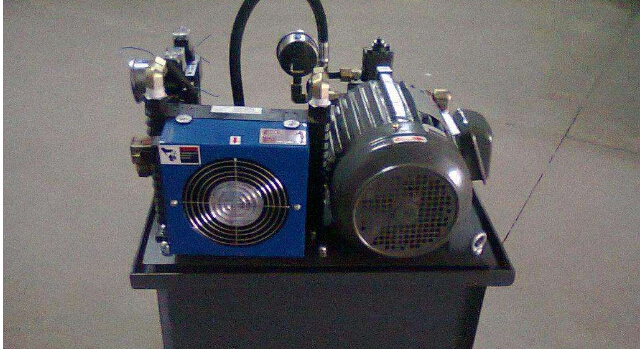
Analysis of the cause of the leakage of the hydraulic system
2018-06-29